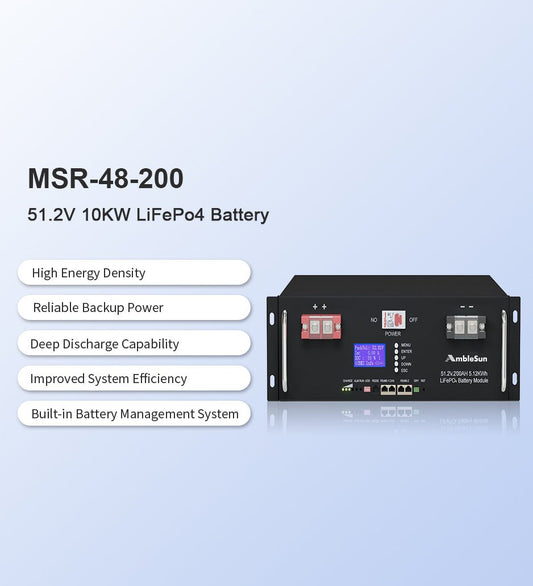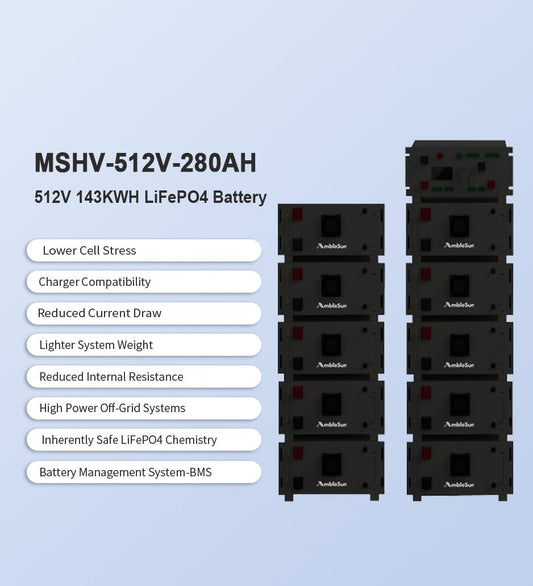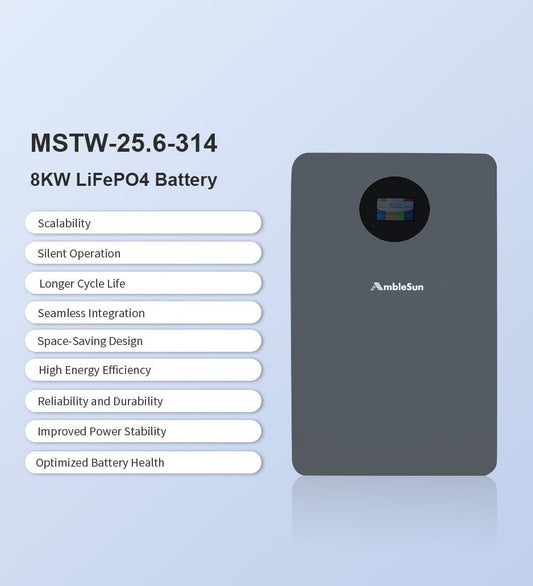What is a Liquid Cooling System in BESS?
As the global energy landscape shifts toward sustainability, Battery Energy Storage Systems (BESS) have become essential in balancing power grids, supporting renewable energy sources, and enhancing energy efficiency. As BESS units become more powerful and compact, managing the heat generated by high-density lithium-ion batteries becomes increasingly critical. One of the most effective thermal management solutions in modern BESS design is the liquid cooling system.
In this article, we’ll explore what a liquid cooling system is, why it’s used in BESS, how it works, and the advantages it offers over traditional air cooling.

Understanding Thermal Management in BESS
Before diving into the specifics of liquid cooling, it's important to understand why thermal management is so vital in BESS.
BESS units, especially those based on lithium-ion chemistry, are sensitive to temperature changes. If the temperature of battery cells exceeds safe limits or varies significantly within a battery pack, it can lead to reduced performance, shorter lifespan, or even dangerous thermal runaway events.
Optimal temperature control ensures:
-
Safety: Prevents overheating and fire hazards.
-
Efficiency: Maintains peak performance.
-
Longevity: Extends the lifespan of battery cells.
-
Balance: Ensures uniform performance across battery modules.
Traditionally, air cooling systems were used to regulate battery temperatures. However, with increasing energy densities and stricter safety standards, air cooling has limitations in terms of efficiency and response time. That’s where liquid cooling comes in.
What is a Liquid Cooling System?
A liquid cooling system uses a circulating coolant — typically a water-glycol mixture — to absorb and remove heat from the battery cells. The coolant passes through specially designed channels or cold plates that are in direct or close contact with the battery modules, effectively drawing heat away from the cells and transferring it to a radiator or heat exchanger.
Liquid cooling systems are closed-loop systems, meaning the coolant circulates within a sealed circuit without being exposed to the environment. This helps maintain consistent temperature control and prevents contamination.
Components of a Liquid Cooling System in BESS
A typical BESS liquid cooling system includes the following components:
-
Coolant Fluid
Usually a water-glycol mixture chosen for its heat capacity and anti-freeze properties. -
Cold Plates or Cooling Channels
These are metal plates or serpentine tubing that come into contact with the battery cells to transfer heat to the coolant. -
Coolant Pump
Circulates the coolant through the system to ensure constant flow and efficient heat transfer. -
Heat Exchanger or Radiator
Dissipates heat absorbed by the coolant into the surrounding environment. -
Reservoir
Holds excess coolant and allows for expansion and contraction due to temperature changes. -
Thermal Sensors and Controllers
Monitor the temperature of battery cells and regulate the operation of pumps and fans accordingly.
How Does a Liquid Cooling System Work in BESS?
Here’s a simplified breakdown of how the system functions:
-
Heat Absorption
The battery cells generate heat during charging and discharging. Cold plates or coolant channels absorb this heat. -
Heat Transfer
The coolant, warmed by the battery cells, is circulated through the system by the pump. -
Heat Dissipation
The heated coolant passes through the heat exchanger or radiator, where the heat is released into the air with the help of fans. -
Cooling and Recirculation
The now-cooled liquid returns to the battery modules to repeat the process.
This continuous loop keeps battery temperatures within an optimal range, even under heavy loads or high ambient temperatures.

Advantages of Liquid Cooling in BESS
1. High Thermal Efficiency
Liquid cooling offers better thermal conductivity than air, allowing it to absorb and dissipate heat more quickly. This is especially important for high-capacity, densely packed battery systems.
2. Uniform Temperature Distribution
Liquid cooling ensures even heat removal across all battery cells, minimizing temperature gradients that can lead to cell degradation or imbalance.
3. Compact Design
Because of its efficiency, liquid cooling allows BESS units to be designed with higher energy density without compromising safety or thermal stability.
4. Reduced Noise
Compared to high-powered air fans required in air cooling systems, liquid cooling operates more quietly, which is important for installations in urban or residential areas.
5. Adaptability to Harsh Environments
Liquid cooling systems can maintain stable operation even in high ambient temperatures or enclosed spaces where air cooling would be ineffective.
Challenges and Considerations
While liquid cooling offers numerous benefits, it also comes with certain challenges:
-
Complexity: The system is more complex than air cooling, requiring pumps, reservoirs, and plumbing.
-
Cost: Higher initial cost due to components and installation.
-
Maintenance: Coolant levels, pump operation, and leaks need regular monitoring and maintenance.
-
Reliability: In the rare case of a coolant leak, it could potentially damage the battery cells or electronics.
These challenges are typically addressed through robust system design, high-quality components, and regular maintenance protocols.
Applications of Liquid Cooling in BESS
Liquid cooling systems are increasingly found in:
-
Utility-scale BESS for grid support and renewable integration.
-
Commercial and Industrial BESS for peak shaving and backup power.
-
EV charging station energy storage where fast charging demands require precise thermal control.
-
High-power mobile BESS units used in military or emergency response applications.
The Future of Liquid Cooling in BESS
As battery technologies evolve and demand for energy storage grows, liquid cooling will play an even more vital role in the thermal management of BESS. Future innovations may include:
-
Smart thermal management with AI-driven predictive controls.
-
Advanced coolants with better thermal performance and lower environmental impact.
-
Integrated system designs that combine cooling, battery management, and safety functions into compact modules.
Conclusion
The rise of liquid cooling systems in BESS represents a major advancement in energy storage technology. By offering superior thermal management, increased safety, and support for high-density applications, liquid cooling enables battery systems to meet the growing demands of modern power grids and renewable energy integration.
As the world moves toward cleaner and smarter energy solutions, thermal management through liquid cooling will remain a cornerstone of BESS performance, reliability, and safety.
Let me know if you'd like this turned into a PDF, blog post format (with headings and SEO meta description), or if you'd like to add visuals like a diagram or infographic.

















0 comments